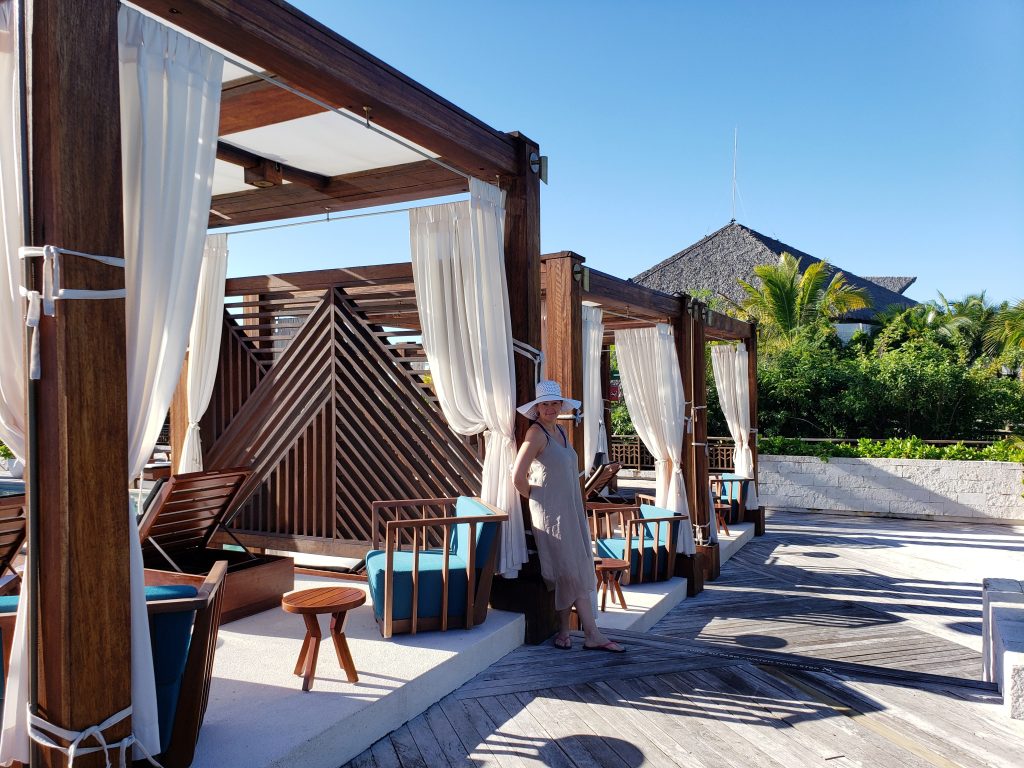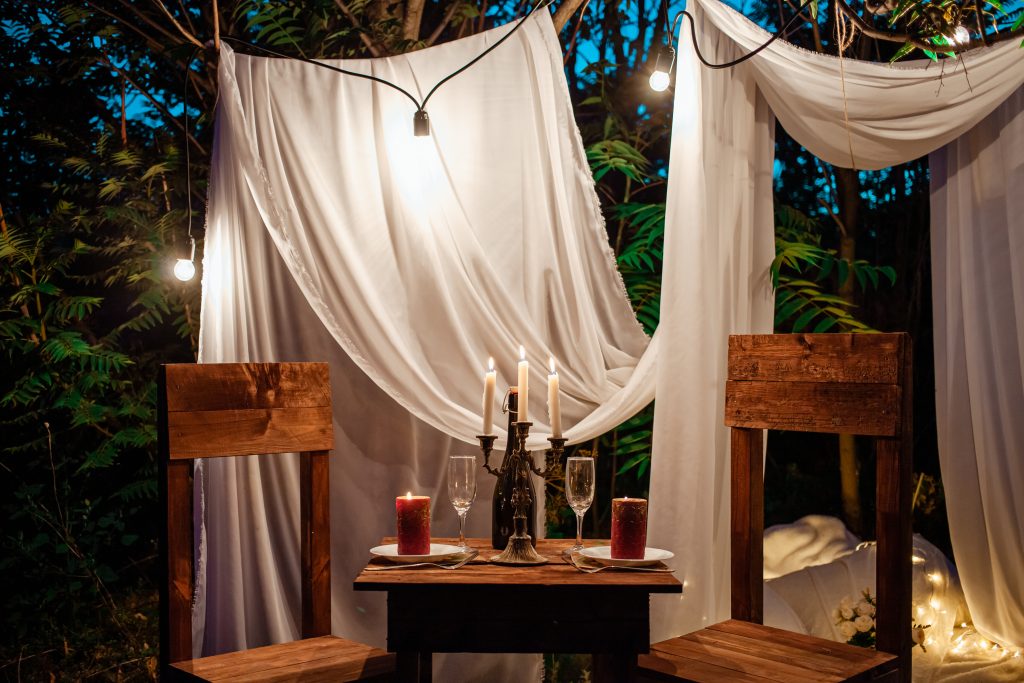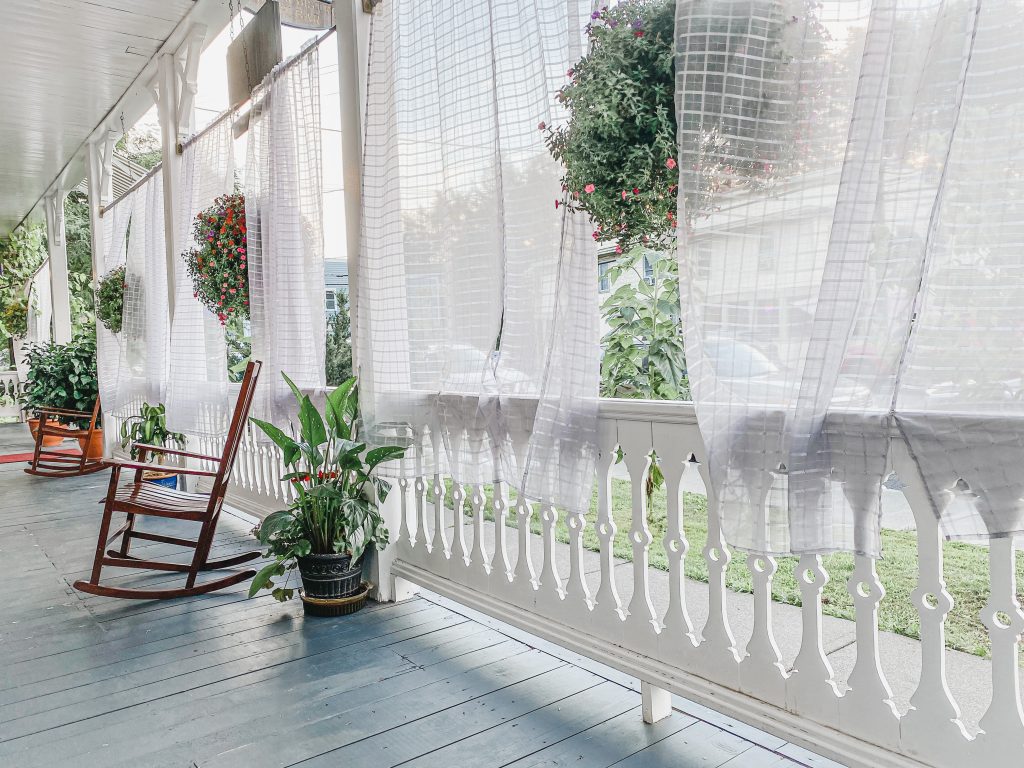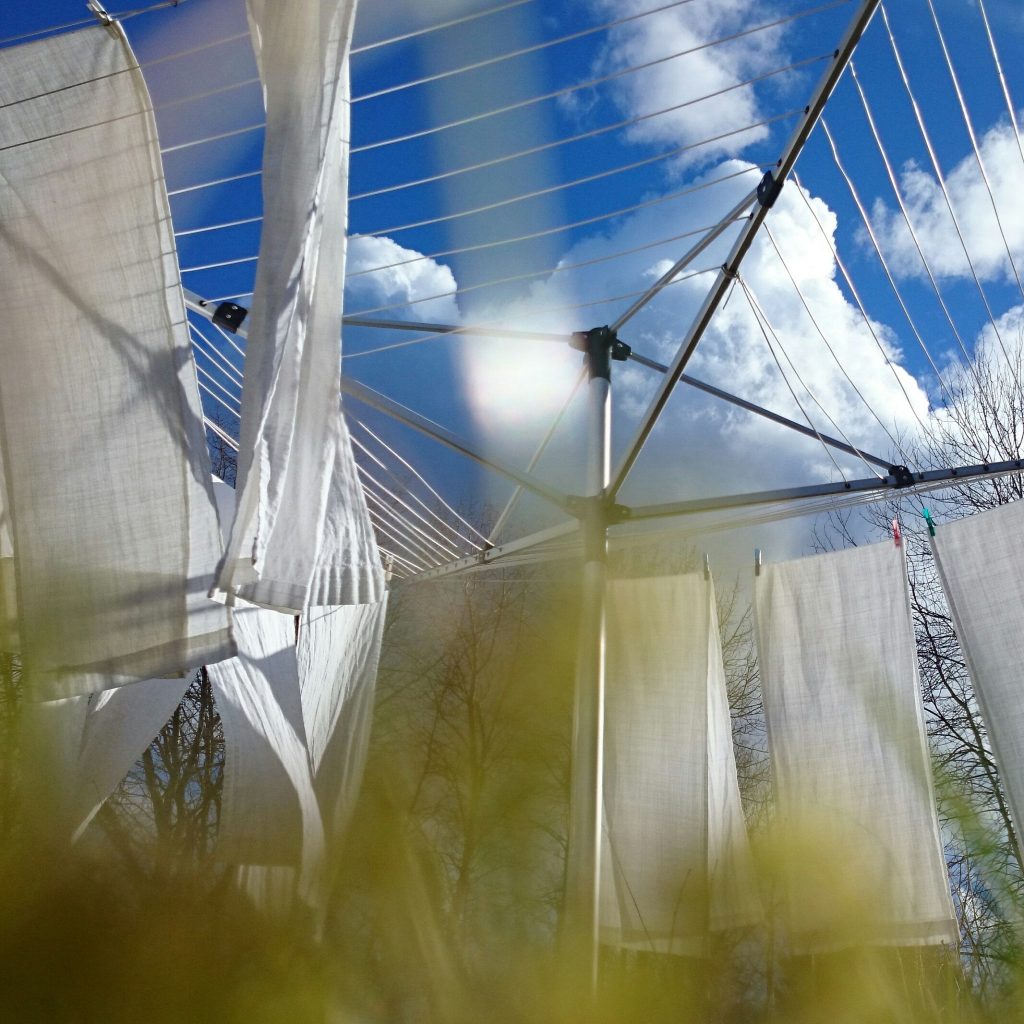
Outdoor curtains add a touch of elegance to your outdoor spaces while serving practical purposes that contribute to both comfort and style. Whether you’re looking to enhance your patio, deck, or porch, the right outdoor curtains can transform your open-air area into a cozy retreat. In this guide, we’ll explore the various aspects of outdoor curtains, from choosing the right materials for weather resistance to understanding their functionality in providing privacy, shade, and aesthetics. Let’s embark on a journey to discover how outdoor curtains can elevate your outdoor living experience.
What kind of curtains to use outside?
Choosing the right curtains for outdoor spaces is essential to enhance both aesthetics and functionality. Outdoor curtains not only add a touch of style to your patio, deck, or porch but also provide practical benefits such as privacy and shade. When selecting curtains for outdoor use, it’s crucial to consider factors like weather resistance, material, and maintenance. Let’s explore some easy-to-understand tips on what kind of curtains to use outside.
1. Weather-Resistant Materials: Outdoor curtains are exposed to various weather conditions, including sunlight, rain, and wind. Opt for materials that can withstand these elements to ensure durability. Sunbrella fabric, for example, is a popular choice for outdoor curtains because it is fade-resistant, water-repellent, and mildew-resistant. Other suitable materials include polyester, acrylic, and synthetic blends.
2. UV Protection: To protect yourself and your outdoor furniture from harmful UV rays, consider curtains with UV-blocking properties. Sunbrella and other outdoor fabrics often provide excellent UV protection, preventing the curtains from fading and ensuring a longer lifespan. This feature is especially important for curtains that will be exposed to direct sunlight for extended periods.
3. Easy Maintenance: Outdoor curtains should be easy to clean and maintain, as they will likely accumulate dust, dirt, and other outdoor debris. Look for fabrics that are machine washable or can be easily cleaned with a gentle hose spray. Quick-drying materials are also advantageous, preventing the formation of mold or mildew in damp conditions.
4. Mildew Resistance: Humidity and moisture in outdoor environments can lead to mildew growth on curtains. Choose materials that are naturally mildew-resistant or treated to resist mildew. This ensures that your outdoor curtains stay fresh and clean even in damp conditions.
5. Size and Length: Consider the size and length of the outdoor curtains based on the area you want to cover. Taller curtains can provide more privacy and better shade, while shorter ones may be more suitable for decorative purposes. Measure the height and width of the space to determine the appropriate size for your curtains.
6. Color and Design: Select colors and designs that complement your outdoor space and existing decor. Lighter colors can help reflect sunlight and keep the area cooler, while darker colors may provide more privacy. Consider patterns and textures that align with your overall outdoor design scheme.
7. Hanging Options: Explore different hanging options for outdoor curtains. Grommet-top curtains are easy to slide along a rod, while tab-top curtains offer a more casual look. Choose the hanging style that suits your aesthetic preferences and the functionality you desire.
8. Curtain Rods and Hardware: Invest in sturdy and weather-resistant curtain rods and hardware. Stainless steel or rust-resistant materials are ideal for withstanding outdoor conditions. Ensure that the chosen hardware complements the style of your curtains and the overall outdoor decor.
In conclusion, when selecting curtains for outdoor use, prioritize weather resistance, UV protection, easy maintenance, and appropriate size and length. By considering these factors, you can find curtains that not only enhance the visual appeal of your outdoor space but also stand up to the challenges of the elements, providing comfort and style for years to come.

What is the purpose of outdoor curtains?
Outdoor curtains serve a dual purpose of enhancing the aesthetic appeal of outdoor spaces while providing practical benefits for comfort and functionality. Whether on a patio, deck, porch, or gazebo, these versatile additions contribute to the overall ambiance of an outdoor area. Here’s a straightforward exploration of the purpose of outdoor curtains:
1. Aesthetic Enhancement: One of the primary purposes of outdoor curtains is to elevate the visual appeal of your outdoor living space. By introducing curtains, you can create a cozy and inviting atmosphere that complements your design preferences. The wide range of colors, patterns, and textures available allows you to customize the outdoor space to match your personal style.
2. Privacy: Outdoor curtains offer a simple yet effective solution for enhancing privacy in your outdoor area. Whether you’re enjoying a quiet moment with a book or hosting a gathering with friends and family, these curtains can act as a barrier, shielding your space from prying eyes. This is particularly beneficial in crowded neighborhoods or areas where close neighbors might be in close proximity.
3. Sun Protection: Shielding against the sun’s rays is a crucial function of outdoor curtains. The right curtains can provide shade, preventing harsh sunlight from beating down on your outdoor furniture and creating a more comfortable environment. Some outdoor curtain materials, such as Sunbrella fabric, come with UV-resistant properties, offering added protection against harmful ultraviolet rays.
4. Temperature Control: Outdoor curtains can contribute to temperature regulation in your outdoor space. By blocking direct sunlight, they help maintain a cooler atmosphere during hot days. This can be especially advantageous in regions with scorching summers, allowing you to enjoy your outdoor area without feeling overheated.
5. Wind and Insect Protection: In addition to sun and privacy benefits, outdoor curtains act as a barrier against wind and insects. When a gentle breeze turns into a gusty wind, curtains can help create a sheltered environment, making your outdoor space more comfortable. They also act as a deterrent to insects, providing a more enjoyable experience without the nuisance of bugs.
6. Versatility in Design: Outdoor curtains come in various styles and designs, allowing you to express your creativity and match the decor of your outdoor space. Whether you prefer a casual, laid-back look with flowing fabrics or a more structured appearance with tailored curtains, the versatility of outdoor curtains makes them an excellent addition to any outdoor setting.
7. Defined Outdoor Spaces: Outdoor curtains can be used strategically to define different areas within your outdoor space. By creating designated zones for dining, lounging, or entertaining, curtains help establish a sense of structure and purpose, making your outdoor area feel more organized and well-planned.
8. Easy Customization: One of the key advantages of outdoor curtains is their ease of customization. You can easily change the look of your outdoor space by switching out curtains to match different seasons, occasions, or your evolving style preferences. This adaptability makes outdoor curtains a versatile and cost-effective option for refreshing your outdoor decor.
In summary, the purpose of outdoor curtains extends beyond mere decoration. They offer practical benefits such as privacy, sun protection, temperature control, and wind and insect resistance, all while allowing you to infuse your outdoor space with a touch of personal style and creativity. Whether you seek a cozy retreat or an entertainment hub, outdoor curtains provide a functional and aesthetically pleasing solution for transforming your outdoor living area.

Can outdoor curtains get wet?
Yes, outdoor curtains can get wet, and many of them are designed to withstand exposure to water. The ability of outdoor curtains to handle moisture depends on the type of fabric and its water-resistant or waterproof properties. Let’s delve into this topic in a clear and easy-to-understand manner.
1. Water-Resistant Fabrics: Most outdoor curtains are crafted from water-resistant fabrics that are designed to repel water to some extent. Common materials like polyester, acrylic, and certain synthetic blends possess inherent water-resistant qualities. These curtains can endure light rain or drizzle without becoming saturated.
2. Sunbrella Fabric: Sunbrella fabric, a popular choice for outdoor curtains, goes beyond being water-resistant – it is highly water-repellent. Sunbrella is a solution-dyed acrylic fabric known for its durability, fade resistance, and ability to shed water effectively. It’s a top choice for outdoor spaces where exposure to rain is a consideration.
3. Waterproof Curtains: For areas with frequent heavy rainfall or where complete water protection is essential, waterproof outdoor curtains are available. These curtains are typically made from materials like vinyl or specialized waterproof fabrics that create a barrier against moisture, ensuring they remain dry even during substantial rain.
4. Treatment and Coating: Some outdoor curtains undergo treatments or coatings that enhance their water-resistant properties. Manufacturers may apply coatings that repel water or incorporate treatments during the production process to improve the fabric’s ability to resist moisture. It’s essential to check product specifications or labels to understand the level of water resistance.
5. Proper Maintenance: While outdoor curtains are designed to withstand moisture, proper maintenance is crucial to ensure their longevity and performance. Regular cleaning, following the manufacturer’s guidelines, helps prevent the accumulation of dirt and debris that can affect the fabric’s water resistance over time.
6. Drying Time: After getting wet, outdoor curtains need sufficient time to dry completely. The drying time depends on factors such as the material, weather conditions, and ventilation. Choosing curtains with quick-drying properties can be advantageous, preventing the development of mold or mildew in humid conditions.
7. Consideration for Mildew: In humid environments, even water-resistant outdoor curtains can be susceptible to mildew if not adequately cared for. Opt for curtains that are mildew-resistant or treat them with mildew inhibitors to minimize the risk of fungal growth in damp conditions.
8. Storage During Heavy Rainfall: While many outdoor curtains can handle light rain, it’s advisable to bring them indoors or store them in a dry place during heavy rainfall or extended periods of wet weather. This precaution ensures the curtains remain in good condition and extends their lifespan.
In conclusion, outdoor curtains can indeed get wet, but their ability to handle moisture depends on the type of fabric and its specific features. Water-resistant materials like polyester and acrylic, as well as specialized fabrics like Sunbrella, offer protection against light rain. For areas with more intense rainfall, waterproof curtains made from vinyl or other waterproof fabrics provide an extra layer of defense. Regardless of the material, proper maintenance and storage during heavy rainfall contribute to the overall durability and effectiveness of outdoor curtains in wet conditions.

Conclusion:
In conclusion, outdoor curtains offer a myriad of benefits that go beyond mere decoration. From creating privacy and providing shade to withstanding the elements and contributing to temperature control, these versatile additions enhance the functionality and aesthetics of your outdoor space. Choosing the right materials, such as water-resistant or waterproof fabrics like Sunbrella, ensures durability and long-lasting appeal. With easy customization, maintenance, and storage considerations, outdoor curtains become not just an accessory but an integral part of your outdoor living experience. So, whether you’re seeking a cozy corner for relaxation or an inviting space for entertaining, outdoor curtains provide a stylish and practical solution to elevate your outdoor oasis.











